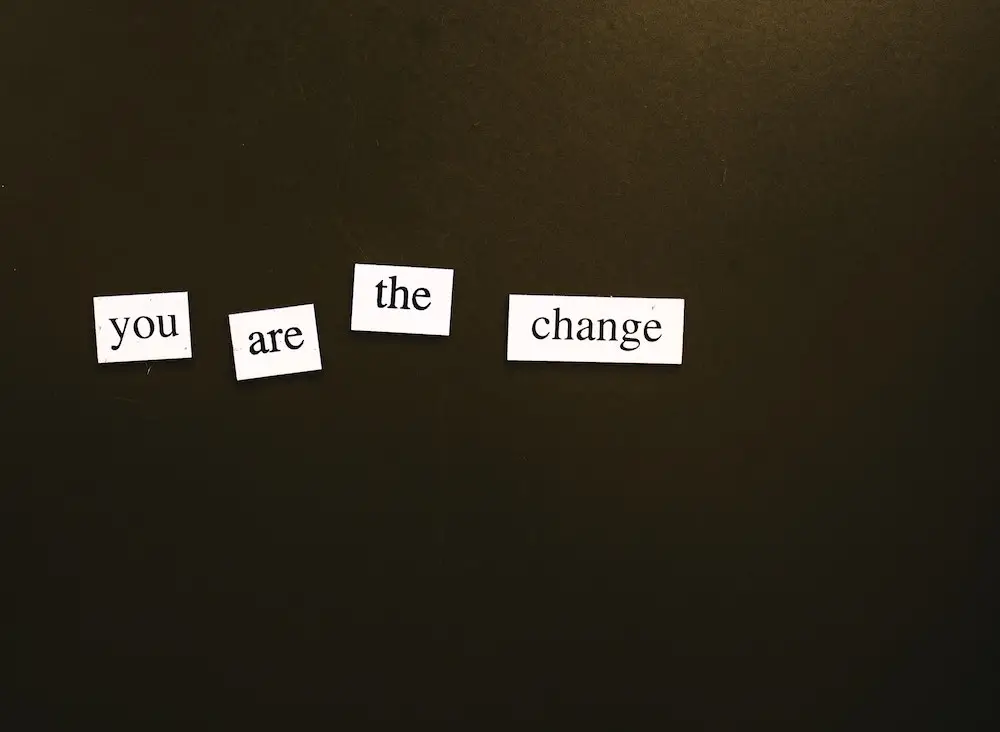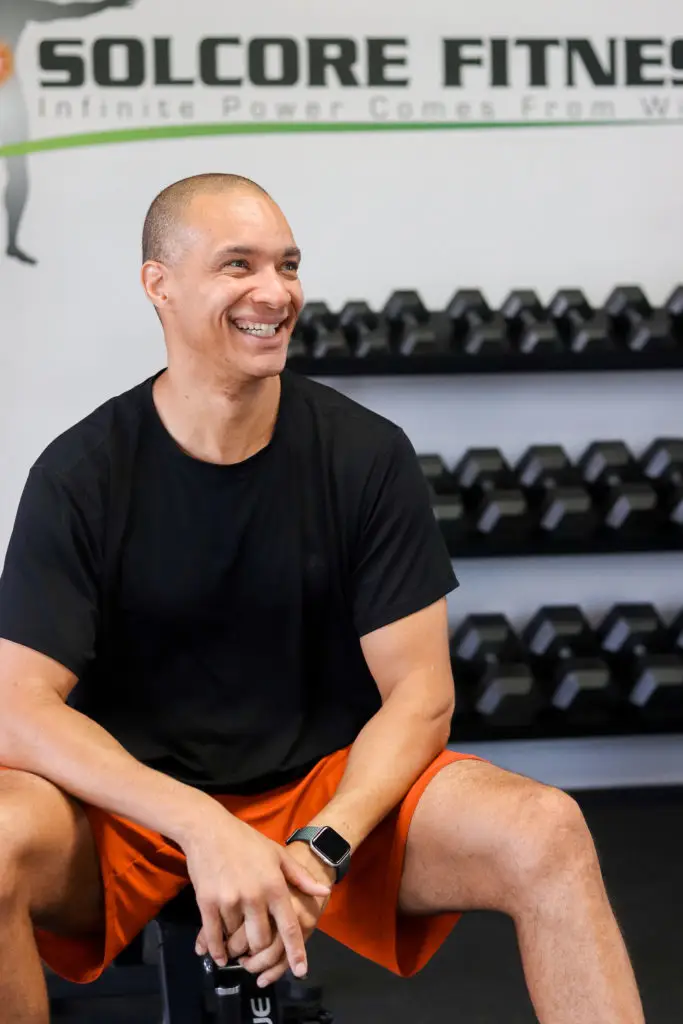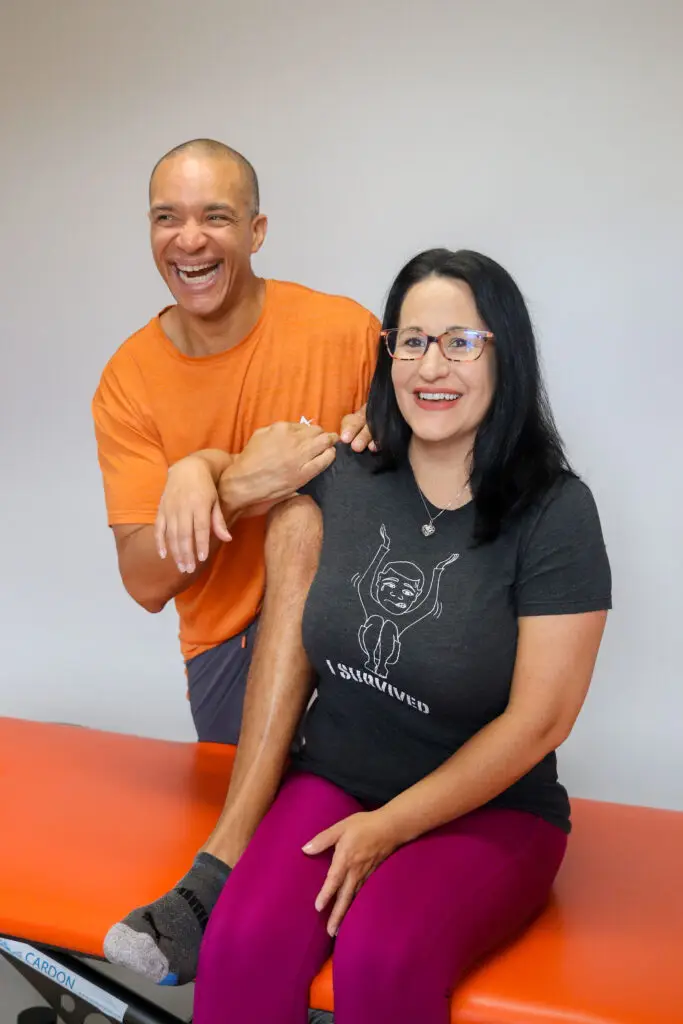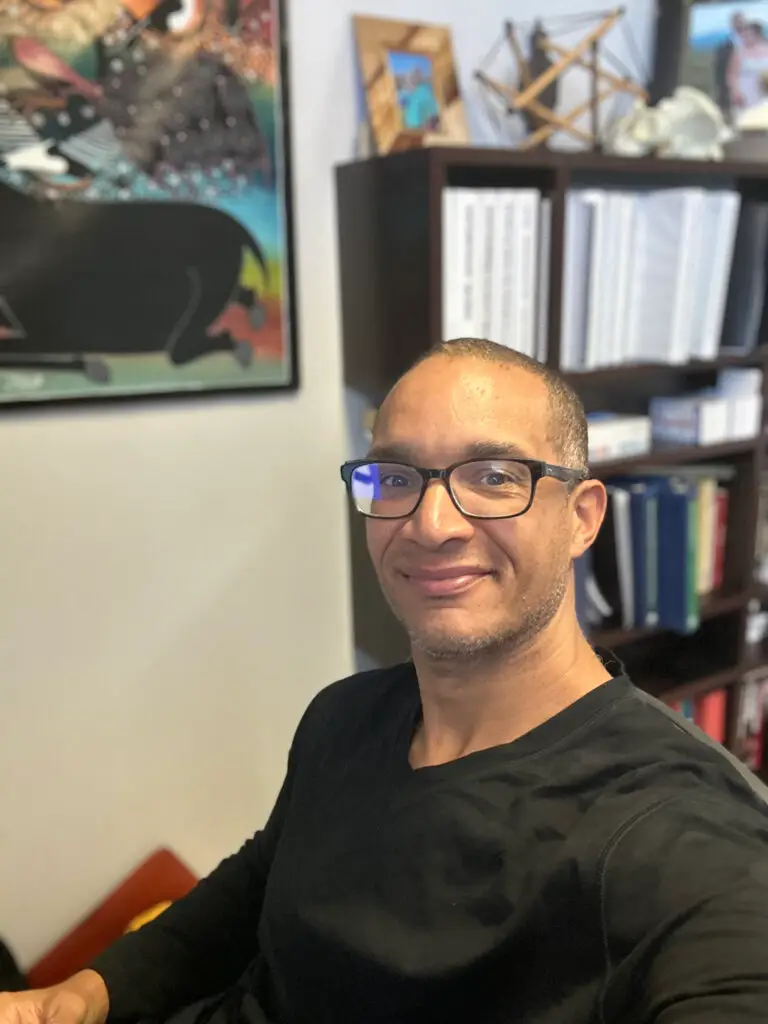
When you’re feeling good about yourself, chances are your healthy habits follow—and so does your appearance.
And here’s the best part: when you’re consistent with your workouts and on point with your meals, your self-love and physical transformation reinforce each other. The more love you give your body, the stronger you feel—and the better you look.
Self-Love Isn’t Just Movement—It’s Intention
Self-love in your workouts doesn’t mean you’re just staying active.
It means you’re showing up for your body with care, focus, and commitment.
You’re not just moving—you’re giving your body what it specifically needs.
That means working on the difficult areas—the ones that are:
- Weak
- Tight
- Turned off
- Lacking mobility
Whether you’re using segmental strengthening to activate weak muscles or myofascial stretching to release deep restrictions, you’re creating transformation from the inside out.
When You Give, Your Body Gives Back
When you love your body enough to meet its unique needs, it rewards you.
You can keep up with the activities that bring joy and fulfillment—whether that’s dancing, hiking, lifting, or simply feeling great moving through life.
How awesome is that?
It’s a never-ending circle:
- Self-love leads to action
- Action leads to transformation
- Transformation builds confidence and more self-love
Inside-Out Change Is Real
Have you felt it yet?
That incredible feeling when you do the work—emotionally and physically—and your body responds.
You feel better. You look better.
And you want to keep going.
And if you haven’t experienced this yet, trust me: you will.
With a program that’s specific, supportive, and designed for real-life needs—like we offer in our personal training and therapy—you’ll build habits that sustain your progress and deepen your connection to your body.
If you’d like help discovering what your body needs, reach out anytime.
This journey is yours—and I’m here to support it.
it’s not just working out, it’s building a foundation for a better life.
Find out more @











